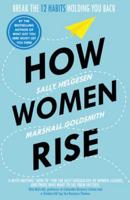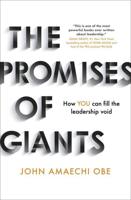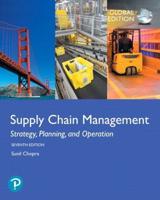Publisher's Synopsis
What methods can predict future travel behavioural consumptionHow to use qualitative of travel behavioural method to predict future travel consumption. I also suggest to use qualitative of travel behavioural method to predict future travel consumption. Methods such as focus groups interviews and participant observer techniques can be used with quantitative approaches on their own to fill the gaps left by quantitative techniques. These insights have contributed to the development of increasingly sophisticated models to forecast travel behavior and predict changes in behavior in response to change in the transportation system. First, survey methods restrict not only the question frame but the answer frame as well, anticipating the important issues and questions and the responses. However, these surveys m66ethods are not well suited to exploratory areas of research where issues remain unidentified and the researched seek to answer the question "why?". Second, data collection methods using traditional travel diaries or telephone recruitment can under represent certain segments of the population, particularly the older persons with little education, minorities and the poor. Before the survey, focus group for example can be used to identify what socio-demographic variables to include in the survey, how best to structure the diary, even what incentives will be most effective in increasing the response rate. After the survey, focus, focus groups can be used to build explanations for the survey results to identify the "why" of the results as well as the implications. One Asia Pacific survey research result was made by tourism market investigation before. It indicated the travel in Asia Pacific market in the past, had often been undertaken in large groups through leisure package sold in bulk, or in large organized business groups, future travelers will be in smaller groups or alone, and for a much wider range of reasons. Significant new traveler segments, such as female business traveler. The small business traveler and the senior traveler, all of which have different aspirations and requirements from the travel experience. Moreover, Asia tourism market will start to exist behaviors in the adoption of newer technologies, a giving the traveler new ways to manage the travel experience, creating new behaviors. This with provide new opportunities for travel providers. The use of mobile devices, smartphones, tablets etc. and social media are the obvious findings to become an integral part of the travel experience. Thus, quality method can attempt to predict Asia Pacific tourism market development in the future. However, improving the predictive power of travel behavior models and to increase understanding travel behavior which lies in the use of panel data( repeated measures from the same individuals). Whereas, cross-sectional data only reveal inter-individual differences at one moment in time, panel data can reveal intra-individual changes over time. In effect, panel data are generally better suited to understand and predict ( changes in ) travel behavior. However, a substantial proportion was also observed to transition between very different activity/travel patterns over time, indicating that from one year to the next, many people renegotiated their activity/travel patterns.








